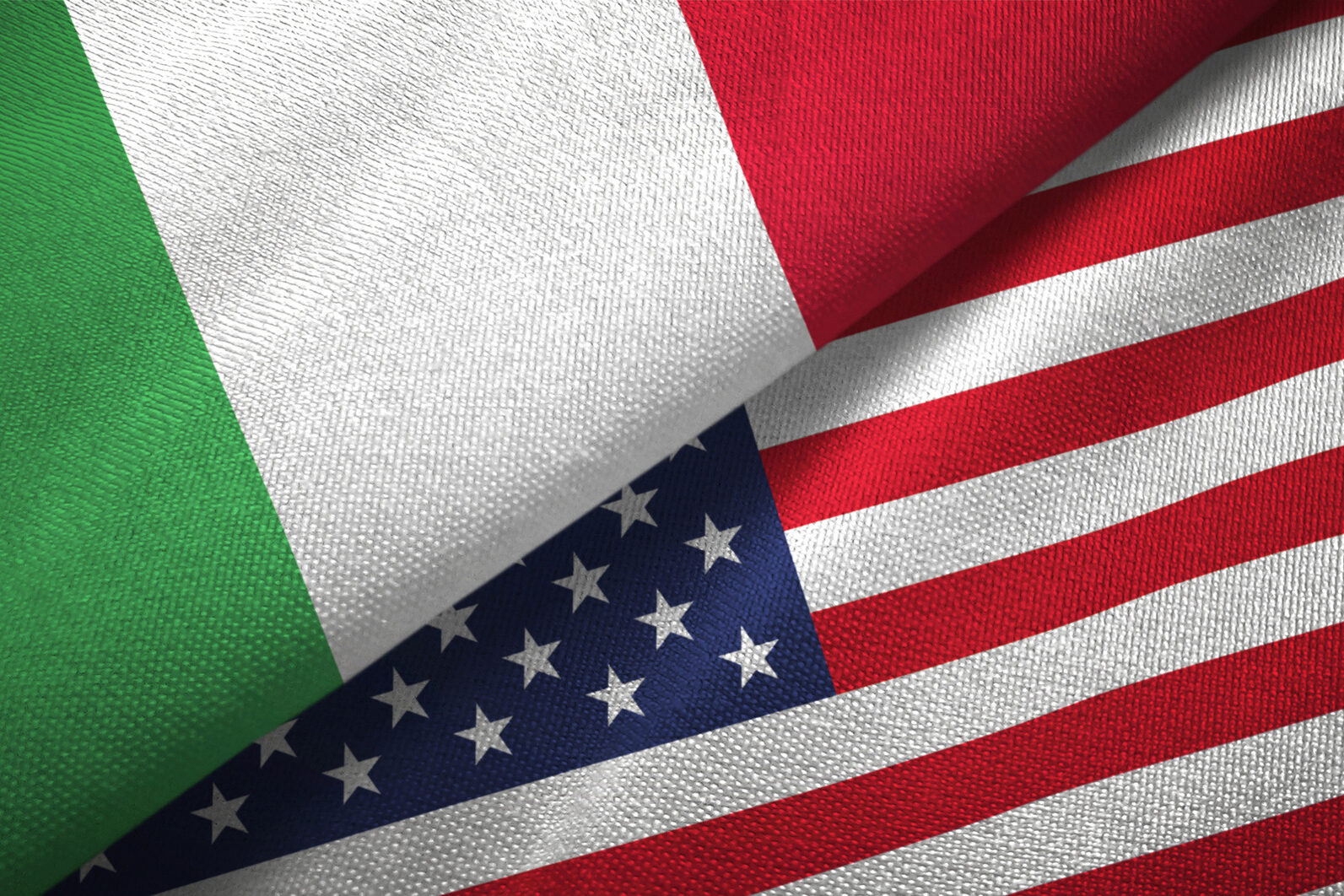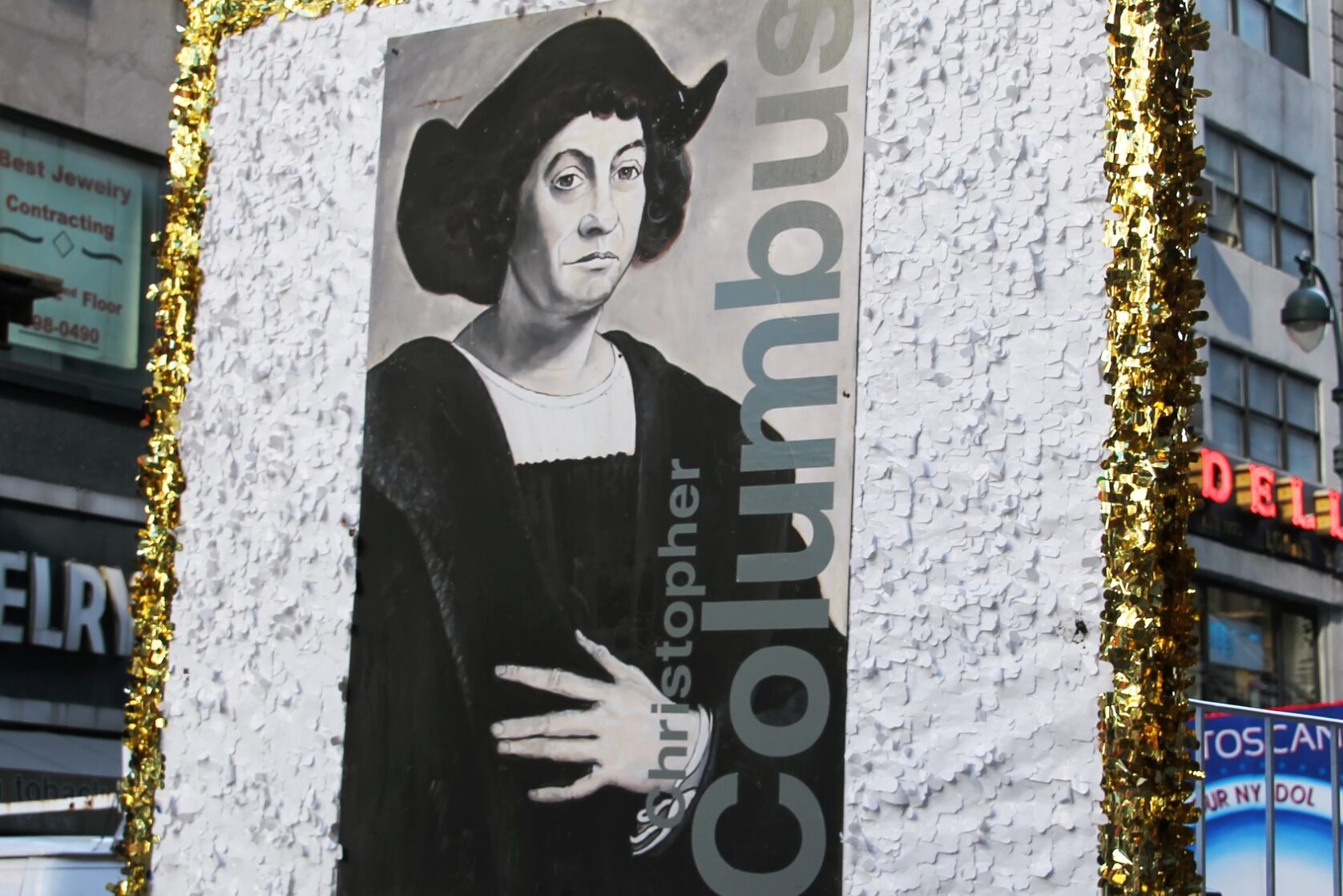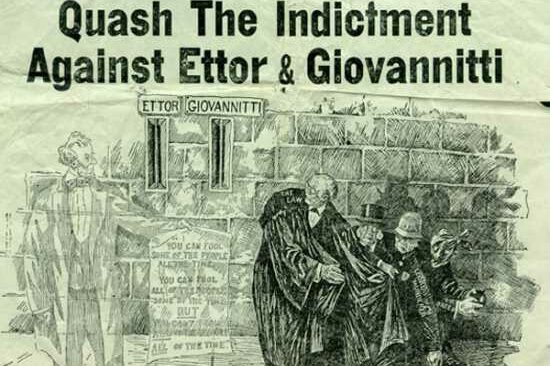Dear Readers,
Ellis Island had no wall to keep the “undesirable” immigrants out of the USA, but it had an abundance of rules, regulations, and restrictions that did. My father Vincenzo came through Ellis Island in the 1920s, but many Italian-Americans have grandparents who got off the boat in Boston or Baltimore because they arrived on out-shores before the 1892 opening of Ellis Island.
With the US government in charge, a series of immigration laws were enacted that would deny the right to stay in America to convicts, polygamists, and anarchists. Upon arrival, immigrants were tagged, watched by inspectors and doctors, and then met with a registry clerk; there were interpreters to help with a literacy test and, if you passed all criteria, you entered your new country. If not, you were either held or denied entry. Additional exclusions included: “likely to become a public charge” (the most likely reason as subjective as it might have been), disease, and contract labor, because the unions did not want you to say you had a job in hand.
**
A little history tells us that, in 1667, Isaac Bedloe, a Dutch colonist, obtained a colonial land grant for a small island later known as Bedloe’s Island. In 1794, after the American Revolution, federal dollars were appropriated to construct fortifications on it, so the US Army began construction of a star-shaped fort in 1807. Edouard de la Boulaye proposed that France give the United States a statue representing liberty for its centennial, and by 1870, Frédéric-Auguste Bartholdi became the sculptor of the Statue of Liberty. The statue was completed in France in 1884 but had no pedestal so, in the US, Joseph Pulitzer led a fundraising drive that raised over $100,000 to have it built. On June 17, 1885, the statue arrived in New York and was placed in storage for a year, while the pedestal was completed. In 1896, on October 28, the statue was unveiled at a dedication ceremony on Bedloe’s Island, which was eventually renamed Liberty Island by a joint resolution in Congress, signed into law by President Dwight D. Eisenhower in 1956.
**
In 1992, the centennial year of the 1892 opening of Ellis Island, the American Immigrant Wall of Honor was unveiled, and with the salesmanship of Lee Iacocca — legendary Chrysler Corporation CEO, who in 1982 had been appointed by President Ronald Reagan to serve as the Statue of Liberty Ellis Island Foundation first chairman — my father Vincenzo’s name was added to the American Immigrant Wall of Honor. This wall pays tribute to those brave individuals who, with little money or ability to speak English, risked everything for the chance to build a new life in the land of the free. Located directly behind Ellis Island’s main building, the Wall of Honor, the largest wall of names in the world, is inscribed with the names of over 410,000 individuals and families who have been honored by their descendants through a donation to the Ellis Island Project. This very personal tribute is a gift of gratitude and remembrance to an ancestor whose courage and determination paved the way for the freedom and opportunity we so often take for granted. Today, children are proud to find the names of their grandparents or great-grandparents recorded with others who came and built America.
**
Remember, May is Senior Citizens Month. Who is a senior citizen? A senior is one who was here before the Pill and the population explosion. We were here before television, penicillin, polio shots, antibiotics, and frisbees. Before frozen food, nylon, xerox, radar, fluorescent lights, credit cards, and ballpoint pens. For us, time-sharing meant togetherness, not computers and a chip meant a piece of wood. We got married first, then lived together: how quaint. Closets were for clothes, not for coming out of, bunnies were small rabbits, and rabbits were not Volkswagens. We were here before pantyhose and drip-dry clothes. Before ice makers and dishwashers, clothes dryers, freezers, and electric blankets. Before Hawaii and Alaska became states. We thought fast foods were what you ate during Lent. We were before Boy George, before FM radios, tape recorders, electric typewriters, word processors, electronic music, disco dancing — but we don’t say that’s all bad! In our day, “grass” was for mowing, “coke” was a refreshing drink, and “pot” was something you cooked in. We are today’s senior citizens, a hearty bunch when you think of how our world has changed and the adjustments we’ve had to make.
Cari lettori,
Ellis Island non aveva un muro per tenere gli immigrati “indesiderabili” fuori dagli Stati Uniti, ma aveva un’abbondanza di regole, regolamenti e restrizioni che lo facevano. Mio padre Vincenzo arrivò da Ellis Island negli anni ’20, ma molti italoamericani hanno nonni che scesero dalla nave a Boston o Baltimora perché arrivarono in mare aperto prima dell’apertura di Ellis Island nel 1892.
Con il governo degli Stati Uniti, furono emanate una serie di leggi sull’immigrazione che avrebbero negato il diritto di rimanere in America a detenuti, poligami e anarchici. All’arrivo, gli immigrati venivano etichettati, sorvegliati da ispettori e medici e poi incontravano un impiegato del registro; c’erano interpreti che aiutavano a fare un test di alfabetizzazione e, se si superavano tutti i criteri, si entrava nel nuovo Paese. In caso contrario, venivi trattenuto o ti veniva negato l’ingresso. Ulteriori esclusioni includevano: “probabilità di diventare un onere pubblico” (la ragione più probabile, per quanto soggettiva potesse essere), malattia e lavoro a contratto, perché i sindacati non volevano che tu dicessi che avevi un lavoro in mano.
**
Un po’ di storia ci racconta che, nel 1667, Isaac Bedloe, un colono olandese, ottenne una concessione di terra coloniale per una piccola isola più tardi conosciuta come Bedloe’s Island. Nel 1794, dopo la Rivoluzione Americana, furono stanziati dollari federali per costruirvi delle fortificazioni, così l’esercito americano iniziò la costruzione di un forte a forma di stella nel 1807.
Edouard de la Boulaye propose alla Francia di regalare agli Stati Uniti una statua che rappresentasse la libertà per il suo centenario e, nel 1870, Frédéric-Auguste Bartholdi divenne lo scultore della Statua della Libertà. La statua fu completata in Francia nel 1884 ma non aveva piedistallo, quindi, negli Stati Uniti, Joseph Pulitzer guidò una raccolta fondi che raccolse oltre $ 100.000 per costruirlo. Il 17 giugno 1885 la statua arrivò a New York e fu messa in deposito per un anno, mentre il piedistallo veniva completato. Nel 1896, il 28 ottobre, la statua fu inaugurata durante una cerimonia di intitolazione sull’isola di Bedloe, che alla fine fu ribattezzata Liberty Island da una risoluzione congiunta del Congresso, firmata in legge dal presidente Dwight D. Eisenhower nel 1956.
**
Nel 1992, anno del centenario dell’apertura di Ellis Island nel 1892, fu inaugurato il Muro d’Onore degli immigrati americani e, grazie all’abilità nelle vendite di Lee Iacocca, il leggendario amministratore delegato della Chrysler Corporation, che nel 1982 era stato nominato dal presidente Ronald Reagan amministratore delegato e primo presidente della Statua della Libertà Ellis Island Foundation – il nome di mio padre Vincenzo è stato aggiunto al Muro d’Onore degli immigrati americani. Questo muro rende omaggio a quegli individui coraggiosi che, con pochi soldi o la capacità di parlare inglese, hanno rischiato tutto per avere la possibilità di costruire una nuova vita nella terra della libertà. Situato direttamente dietro l’edificio principale di Ellis Island, il Muro dell’Onore, il più grande muro di nomi del mondo, è inciso con i nomi di oltre 410.000 individui e famiglie che sono state onorate dai loro discendenti attraverso una donazione all’Ellis Island Project. Questo tributo molto personale è un dono di gratitudine e di ricordo a un antenato il cui coraggio e determinazione ha aperto la strada alla libertà e alle opportunità che così spesso diamo per scontate. Oggi, i bambini sono orgogliosi di trovare i nomi dei loro nonni o bisnonni registrati insieme ad altri che vennero qui e costruirono l’America.
**
Ricordate, maggio è il mese degli anziani. Chi è un anziano? Un anziano è uno che era qui prima della pillola e dell’esplosione demografica. Eravamo qui prima della televisione, della penicillina, dei vaccini antipolio, degli antibiotici e dei frisbee. Prima dei surgelati, del nylon, delle fotocopie, dei radar, delle luci fluorescenti, delle carte di credito e delle penne a sfera. Per noi il time-sharing significava stare insieme, non un computer, e un chip significava un pezzo di legno. Prima ci siamo sposati, poi abbiamo vissuto insieme: che strano. Gli armadi servivano per i vestiti, non per uscire, i conigli erano coniglietti e non Volkswagen. Eravamo qui prima dei collant e dei vestiti che si asciugano subito. Prima delle macchine per il ghiaccio e delle lavastoviglie, delle asciugatrici, dei congelatori e delle coperte elettriche. Prima che Hawaii e Alaska diventassero Stati. Pensavamo che fast food fosse ciò che si mangiava durante la Quaresima. Eravamo prima di Boy George, prima delle radio FM, dei registratori, delle macchine da scrivere elettriche, degli elaboratori di testi, della musica elettronica, della discoteca – ma non diciamo che sia tutto negativo! Ai nostri giorni, “erba” era quella da falciare, “coca” era una bevanda rinfrescante e “pentola” era qualcosa in cui si cucinava. Siamo gli anziani di oggi, un bel gruppo se pensate a come è cambiato il nostro mondo e ai cambiamenti che abbiamo dovuto fare.































